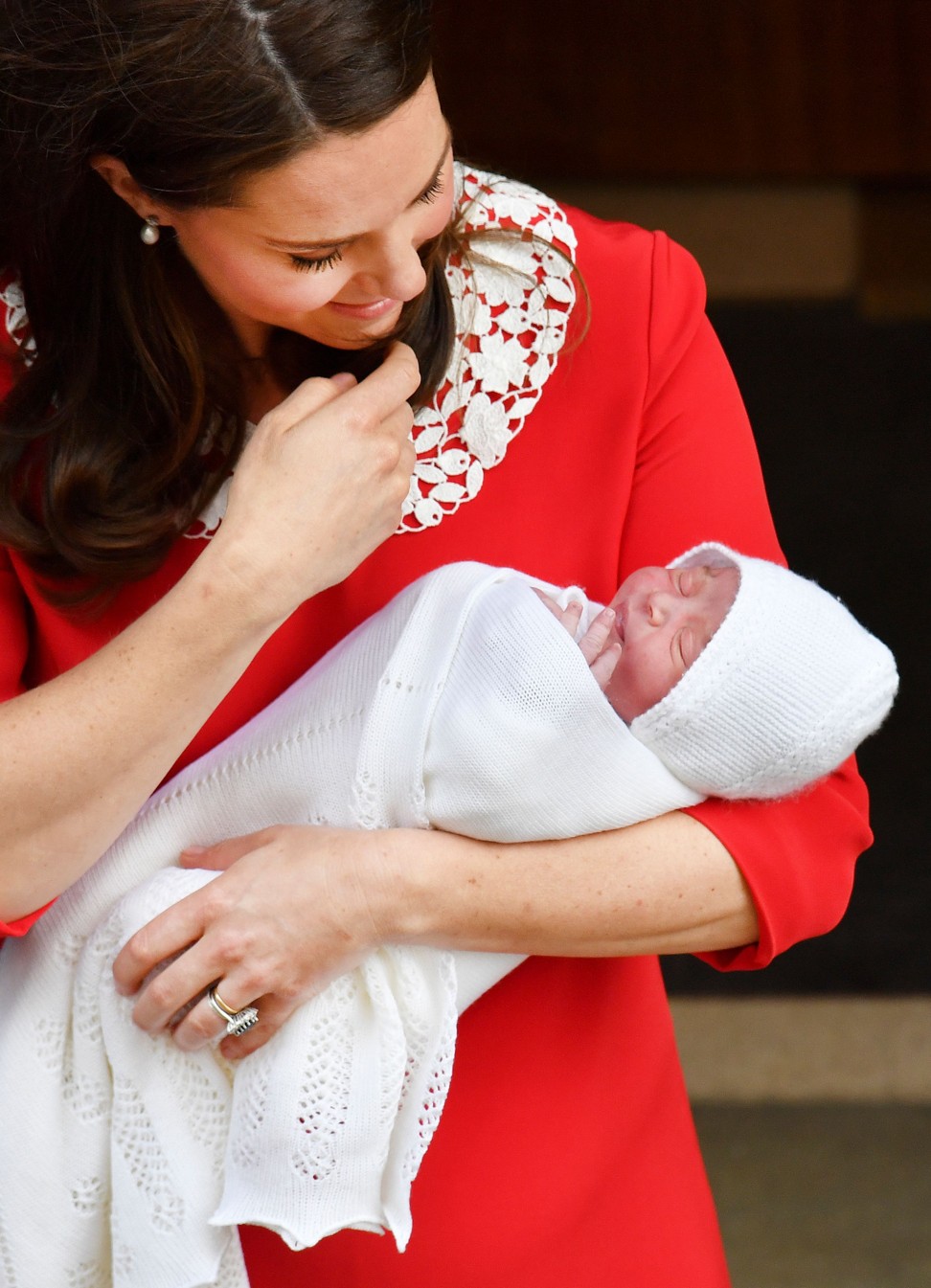
Did HypnoBirthing give Kate Middleton an easier delivery? An expert explains the technique
HypnoBirthing is a combination of guided meditation, visualisation education, relaxation, self-hypnosis, breathing and affirmation, designed to relax a mother before and during a natural childbirth. Dads are involved too
Just seven hours after giving birth to her third child last week, Kate Middleton emerged from the hospital looking refreshed and flawless.
Some have speculated that HypnoBirthing – a practice the Duchess of Cambridge reportedly used – is the reason she looked stunning so soon after a physically exhausting event (though, mind you, her stylist Natasha Archer was spotted leaving the hospital as well).
HypnoBirthing, a pain-management method, has gained popularity in the UK and Australia, and among celebrity mothers. Brazilian supermodel Gisele Bündchen claimed “it didn’t hurt in the slightest” when she gave birth to her son Benjamin in 2010.

American actress Jessica Alba, who used HypnoBirthing during the delivery of her first two children, shared her experience with American television talk show host Ellen DeGeneres, describing it as guided meditation.
What is HypnoBirthing, actually? Though the term hypnosis conjures images of a swinging watch, that is not the case. In fact, the therapist does not need to be present with the mother during childbirth and neither is the mother in a trance.
Instead, mothers-to-be and their partners spend several sessions with the practitioner beforehand to learn a set of techniques they can apply during a natural childbirth.

The sessions cover six key components of HypnoBirthing – education, relaxation, visualisation, self-hypnosis, breathing and affirmations. They include recordings of positive affirmations – uplifting statements – mothers can listen to and repeat.

It definitely helped me focus on my breathing. It helped me get through the contractions
“Contractions”, which many would associate with pain, are called uterine surge or waves instead. Stalled or “shut-down” labour – a condition when contractions slow down even though the mother is in active labour – is referred to as resting labour. “Birth canal”, which may conjure an image of a long passage, is substituted with birth path.
Starting from the second session, Dewey also teaches breathing techniques for different stages of labour and birth.
“The old traditional way, some mothers went into pushing purple-faced, but it’s about deeper breathing. It's about not pushing and breathing down the baby,” says Dewey.
“They are techniques which help mums go deeper into their bodies. So she can let go of the distractions within the room. All of these steps, in the bigger scale of things, just help mums overall to relax,” she adds.
The dilemma facing Hong Kong’s expectant mums: follow traditional Chinese beliefs or ways of the West?
This is also why partners – or birth companions as they are called in HypnoBirthing – need to be present for the prenatal sessions as well. They play a crucial role during the delivery by keeping the mothers on track and making other decisions.
“He’s there to keep mothers on the birth plan. So all questions are directed towards him rather than her. And she can just go inward, focused, and get on with birthing,” says Dewey.
While HypnoBirthing is geared towards vaginal childbirth, should any complications arise and a caesarean section is required, the techniques will still come in useful as they help keep mother and baby calm.

One of Dewey’s clients, Tang Lie Yan, who recently gave birth to her first child, can attest to that.
“It definitely helped me focus on my breathing. It helped me get through the contractions – and I had quite strong and painful contractions,” says Tang, who took the course during the last trimester of her pregnancy.
Postnatal depression: its causes, symptoms and consequences, and how to overcome it
Though HypnoBirthing did not have a significant impact on her recovery, “the breathing and relaxation techniques you learn, I think you can use them throughout your whole life. It’s not just about labour,” Tang adds.

